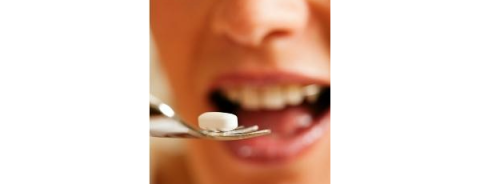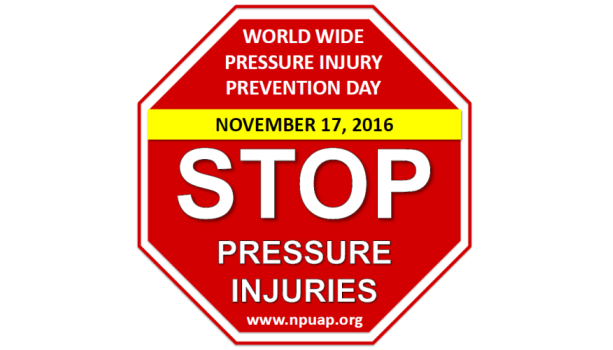Do Mega Doses of Dietary Minerals Support Wound Healing?
December 2, 2015
Last month I discussed the value of consuming a "balanced diet" versus taking mega doses of vitamins for wound healing. This month the focus is on minerals. Minerals are inorganic compounds that comprise 4% of body weight but are essential to metabolic function, tissue health and fluid balance.
Major minerals (often called electrolytes) are present in the body and are required in the diet. Major dietary minerals include calcium, phosphorus, magnesium, sodium, chloride and potassium. Maintaining intercellular and extracellular balance of these minerals is important to nerve and muscle contraction, blood pH, as well as body water and blood volume regulation. Trace minerals are also present in the body and are required in the diet in small amounts compared to major minerals. Iron, zinc and copper are the trace minerals most often associated with wound healing.
Iron is essential for oxygen transport though hemoglobin in the bloodstream and through myoglobin in the muscle. Dietary iron is found primarily in meat and non-heme iron is in vegetables and fortified cereals. Iron deficiency occurs when an individual consumes a poor diet for a long time, has GI bleeding or perhaps a medical condition requiring dialysis or chemotherapy.
Minerals and Wound Healing
Zinc is certainly the most discussed mineral hypothesized to affect pressure ulcer healing. There are 2-4 grams of zinc distributed throughout the body primarily in the brain, muscle, bones, kidney and liver. It is the second most abundant mineral after iron and is essential for growth, immune function, skin integrity as well as proper taste and smell. Dietary zinc is found in meat, seafood, whole grains and fortified products. In blood plasma, zinc is bound and transported by albumin and transferrin, which also transports iron. The dietary reference for zinc for adults is 11mg per day for men and 8mg per day for women, which can easily be met with two servings daily of animal protein such as meat or seafood. The Tolerable Upper Intake Level for healthy adults is 40mg per day, therefore consuming high levels of supplemental zinc in the range of 100-300mg per day for long periods of time may result in reduced copper and iron status, disruption of collagen cross-linking and may hinder wound healing. The percentage of elemental zinc varies by the type of supplement. For example, 220mg of zinc sulfate contains 50mg of elemental zinc or 23%, whereas zinc gluconate has 14.3% elemental zinc.
Copper is the third most abundant trace mineral, present in every tissue of the body but stored primarily in the liver. The amount of copper in the body is only 75-199mg. Dietary sources of copper include organ meats, dark green leafy vegetables, nuts and seeds. Copper is vital for maintaining the strength of the skin, blood vessels, and epithelial and connective tissue throughout the body. A balance between copper and zinc is important since both minerals are absorbed in the small intestine and high levels of zinc supplements, such as zinc sulfate, can increase the risk of copper deficiency. Multivitamins with minerals usually contain copper thus offering the balance of the two minerals.
Diagnosing Zinc Deficiency
Since zinc is distributed throughout the body as a component of protein and nucleic acid, relying on laboratory tests for measuring nutrition zinc status is difficult. Plasma zinc has poor sensitivity and specificity and doesn't reflect true zinc status. Inadequate zinc intake due to a poor appetite over a long period of time, excessive GI losses or absorption problems may result in zinc deficiency. Severe cases of zinc deficiency cause hair loss, diarrhea, delayed sexual maturation, impotence, and eye and skin lesions. Therefore, unless clinical signs of a zinc deficiency are suspected or can be confirmed in clients with wounds, supplementing with high doses of elemental zinc is not recommended. The appropriate route would be to recommend a multivitamin with minerals in addition to providing a balanced diet.
About The Author
Mary Ellen Posthauer RDN, CD, LD, FAND is an award winning dietitian, consultant for MEP Healthcare Dietary Services, published author, and member of the Purdue University Hall of Fame, Department of Foods and Nutrition, having held positions on numerous boards and panels including the National Pressure Ulcer Advisory Panel and the American Dietetic Association's Unintentional Weight Loss work group.
The views and opinions expressed in this blog are solely those of the author, and do not represent the views of WoundSource, HMP Global, its affiliates, or subsidiary companies.












Follow WoundSource
Tweets by WoundSource